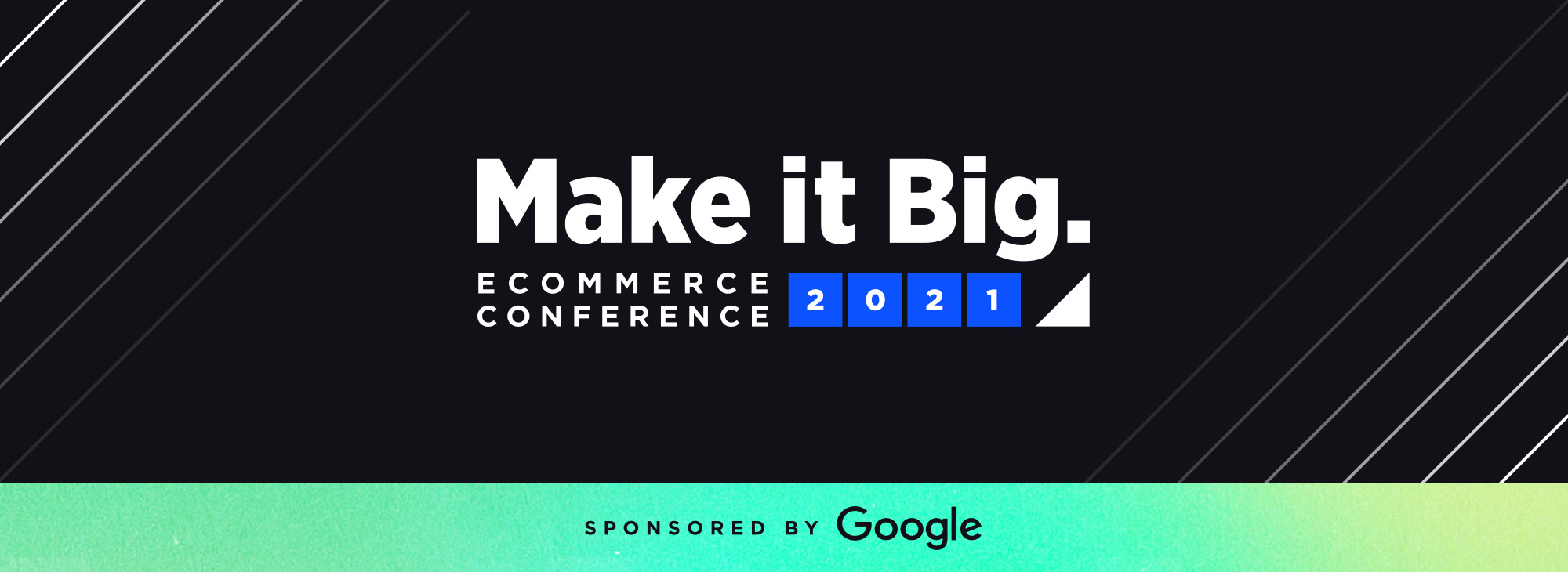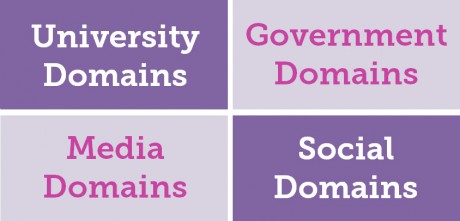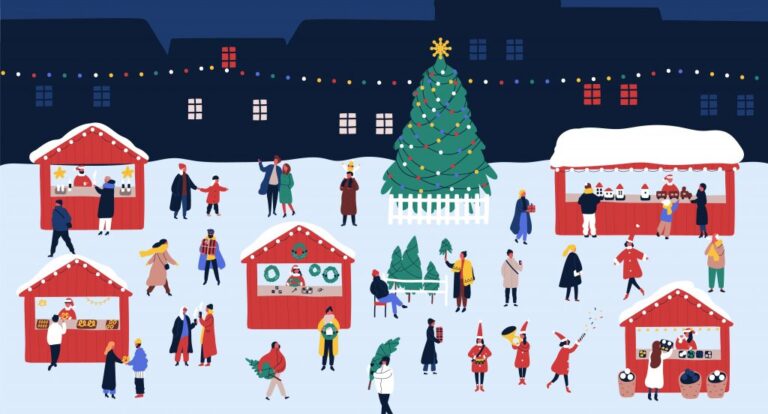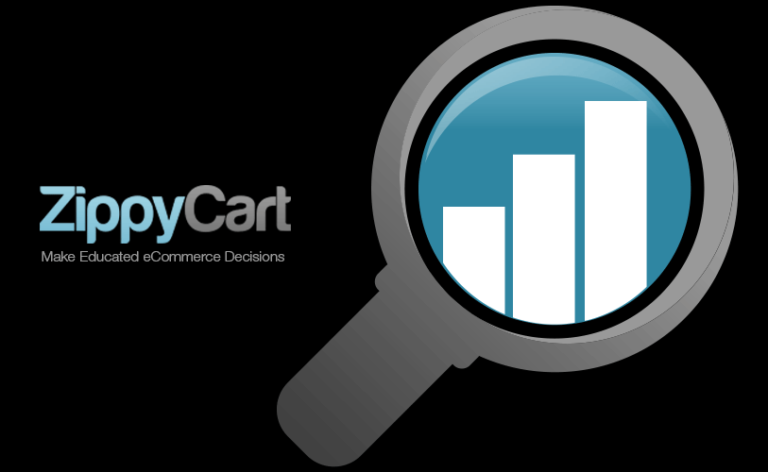
High-risk verticals like CBD are constantly faced with many unique challenges, one of the biggest being how to successfully advertise their products in the digital space.
At BigCommerce’s 2021 Make it Big Conference, BigCommerce customer CBDistillery joined Beatriz Estay to elaborate on how their brand has embraced influencer marketing to expand their reach and drive conversions.
Chris Van Dusen’s Key Takeaways at Make it Big
Here are a few key takeaways from Chris Van Dusen’s Make it Big session:
Beatriz Estay: For those who are also selling in the high risk vertical space, what advice would you give them as they develop their marketing and growth strategy?
Chris Van Dusen: “What we’ve found is it’s better to outsmart than outspend. It’s really being open to the fact that what may have worked in a different industry, different vertical, is not going to work in yours, because it is highly regulated. Coming from the digital media world and running an agency, I had clients in apparel, I had clients in food and beverage, or CPG, and all the tactics I wanted to use that we’ve used that are tried and true weren’t available to us. We had to get very crafty towards where we were going. The extra dollar it costs to put that beanie or that pair of sunglasses in[to a customer’s box] might seem like “Well, wait, I’m gonna compress my contribution margin and I’m losing profitability.” Well you’re gaining your next set of customers long-term. You have to start thinking a little differently than you would in a traditional business.
“If you told me five years ago we would be pioneering radio for CBD, I would have told you you were crazy. But we have a nice, healthy ad budget focused on radio and more traditional ad spends than what you would consider a company that has a backbone in direct to consumer. It’s really thinking outside of the traditional channels, that kind of direct-to-consumer blueprint, we all subscribed to and saying, “What else is out there?” Is a direct to mailer going to have more impact than it would have in a non-regulated space? Let’s go test that. It’s also really finding ways again to make your customers your biggest fans. Find out what drives them and then be able to leverage that snowball effect moving forward.”
BE: There can be a lot of different reasons why [a company is] doing influencer marketing. It could be to grow your brand or it could really be to drive sales. So what does that strategy look like for each of those?
CVD: “We look at it two ways. You mentioned brand building versus direct response. When we look at the influencer types, you have everything from big celebrities, pro athletes, all the way down to me who has a couple thousand people on Instagram, but I’m passionate about certain things. I don’t see brands lining up to sign me, it’s a shame but it’s true, but in between those two sides of the line here, there is influence that you can tap into. But you have to have a solid strategy for what you’re trying to achieve.
“You mentioned brand building versus DR. If I want to align myself with a big celebrity, I’m gonna get that brand lift. If we saddle ourselves up to an amazing athlete, they may do some photo shoots for us, they’re gonna post on social, they may be part of our commercial…And you’re gonna remember that Shaquille O’Neal is the Icy Hot guy, right? Shaquille O’Neal doesn’t necessarily make me want to buy that product, but I’m drafting or I have tailwinds on that celebrity as I’m building my brand. I’m gonna associate the brand with that celebrity, with that pro athlete.
“When you go down a little bit further, you start looking at how to generate tangible trackable sales off of the partnerships you have with influencers. I mentioned it earlier, bigger doesn’t always mean better. We have some amazing influencers that we work with who do not have the largest audiences, but they have amazing control over the decisions that their audiences make. What we look at is a healthy balance of pushing some of our influencer budget higher towards some of those that are gonna help build the brand for the long-term that we wanna be associated with, and with influencers that are going to generate sales today. Really understand what you’re trying to achieve. Most ecommerce companies need sales today, but most ecommerce companies also want to grow quarter over quarter, year over year, so you have to make the investment in building the brand long-term. It’s really trying to figure out the right balance of budget to go forward with balancing those two.”
BE: We’ve talked a lot about bigger influencers, niche influencers but I wanna get more into the divide that we see between this and affiliate marketing, right? That’s a big topic that sometimes gets a little bit confusing. And then you also have customer ambassadors, which I know is a huge part of CBDistillery. What are the differences between those three, and maybe a few examples?
CVD: “Absolutely. If you look at affiliate, influencer and ambassadors as three separate trenches with three separate strategies, that’ll help you really focus in on how to utilize them. Affiliates, we provide a commission for them to talk about the brand and find ways to drive transactions on our website. So you’ll look at big publications, you’ll look at folks that run their own website, their own blog, or have other ways of acquiring customer traffic. They will send [customers] to your site, and if a transaction happens, you pay them a commission. There’s great platforms like Impact or Refersion that you can use to find affiliates as well as be able to track their earnings per click and all the things that they want that are important to them. At the end of the day though, they care about the industry ’cause they know that there’s commerce there that they can make money from, but they don’t necessarily care for your brand. [To audience] And if there’s an affiliate here, I’m sorry, I didn’t mean to be too personal about it but you don’t necessarily care. You care about whether or not the traffic that you can generate will make physical dollars for you and that’s okay, it’s not a negative.
“When you go to the other side, you have influencers. Influencers have an audience they’ve built and charge you for access to that audience, where your participation, your results, if you will, may vary. There’s no promises. There’s no guarantees. And that’s why there’s platforms that we use to identify engagement rate. Whether or not your audience is just large or whether or not they’re engaged, whether or not they actually click, whether or not they participate with that influencer…these are very important to us. Just a vanity metric like followers, when you’re certainly not even reaching the full potential of those followers, is very important to us is to know how engaged that community is. But again, you’re paying them for access.
“In the middle are ambassadors. Those are your customers who absolutely love your product and want to, and already are telling their friends, family, and colleagues about your products. What we built are three strategies, one for affiliates that has worked really well since 2017, for them to go out and publish articles, to really focus on CBD and our brand. We’ve worked on an influencer strategy as we’ve gone through looking at athletes, looking at different types of need states for our customers.”
Disclaimer: Please note, this material does not constitute legal, professional or financial advice and BigCommerce disclaims any liability with respect to this material. Please consult your attorney or professional advisor on specific legal, professional or financial matters.






